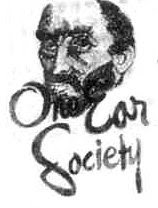Monica back from Cuba part 2

I studied with the resident company at Teatro America in Centro Habana and at the Projecto Comunitario Ile Bata in Vieja Habana. I focused on the development of my dances for both Yemaya and Oshun, the goddesses of ocean and fresh water , respectively in the Santero Pantheon. It was a tremendously rewarding experience, leaving me with a humble understanding of the complexity and depth of this art form. The roots of Afro-Cuban dance extend back to West African rhythms that traveled across the atlantic on slave ships, merged with indigenous instruments, were influenced by Spanish colonial dance and then syncretized with Catholic saints. Learning a folkloric dance is much more than just a technical study. There is a cultural essence that one must learn through a process that feels more osmotic. I believe it is important to experience the cultural context of how the dance is passed down from teacher to student, mother to daughter, father to son and how the essence of it is maintained and preserved within the culture itself. There is something very sacred to me about a live performance art in all its illusive intangibility that is nurtured by a community and kept alive. To me, this is a profound concept, where art and culture collide and how one feeds the other. The degree to which the Cuban culture and its music and dance are merged is remarkable. As a dancer and choreographer I look for ways to translate this natural exchange between art and ones community. In a more technological, post-modern world that often focuses on individuality rather than community this is not a easy process. I was deeply inspired by all that I learned in La Habana from its art to its people, as a reminder of it is not what we own, but rather how we live our lives that is important. As Erich Fromm wrote "To have or to be" it is how we infuse our lives with soul, culture and art that matters. It is this connection both to nature and to ones community that fuels my desire to dance and create art.











